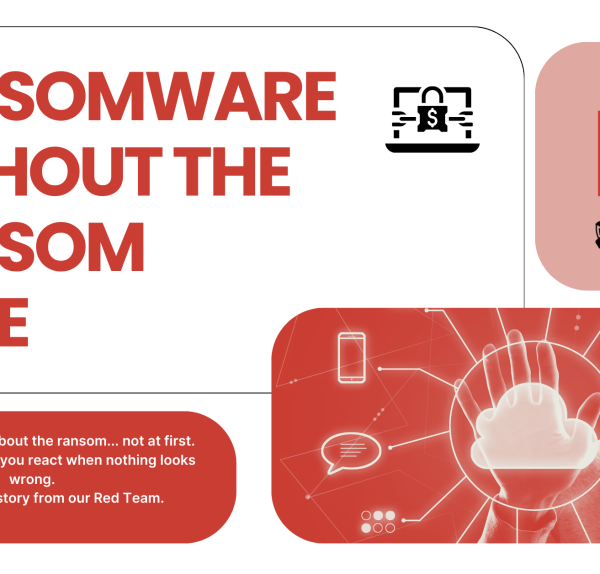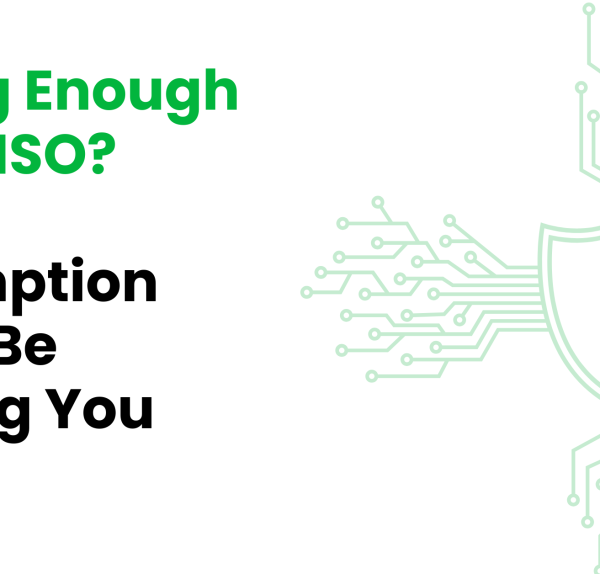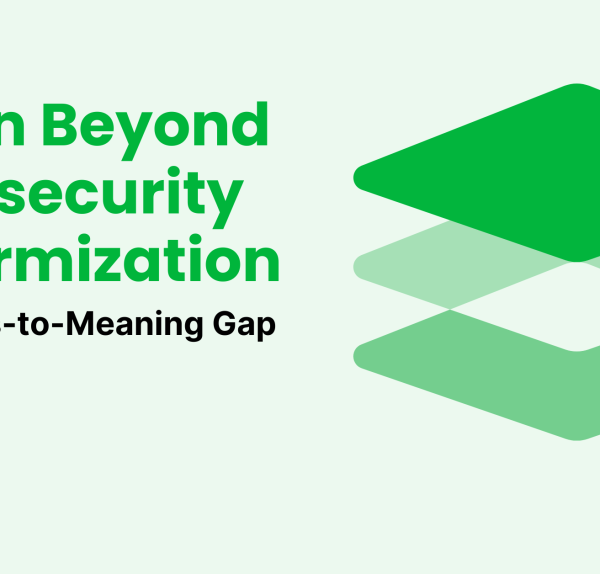The maritime transport industry, the lifeblood of global trade, carries nearly 90% of the world’s goods. But this vital sector faces a growing threat: maritime cyber threats. Hackers are increasingly targeting port terminal, ships, cranes, and containers, aiming to steal cargo, disrupt operations, or even cause physical damage. Unfortunately, the maritime industry lags behind in maritime cybersecurity measures.
Maritime Cyber Threats stems from three key factors:
Legacy Systems
Many ships rely on outdated Operational Technology (OT) systems, like those used on the Ever Given, to control critical functions. These legacy systems often lack basic security features, making them easy targets for hackers.
Lack of Awareness
Cybersecurity awareness among maritime staff tends to be low, especially compared to other industries. Onboard ships, where there may not be dedicated IT personnel, the responsibility for cybersecurity often falls to the electrical engineer, who may not have the necessary expertise.
Budget Constraints
Maritime companies often operate on tight margins, making investments in maritime cybersecurity solutions a tough sell. This is especially true for smaller companies who may not perceive themselves as high-value targets.
The COVID-19 pandemic further exacerbated these vulnerabilities. With staff forced to work remotely, companies needed to connect previously isolated systems to the internet for maintenance and updates. These stopgap measures, often bypassing established security protocols, left systems exposed.
The potential consequences of a successful cyberattack on the maritime industry are severe. Consider the 2021 incident involving the Ever Given, a large container ship that blocked the Suez Canal for days, causing billions of dollars in damages. While the official cause remains unclear, some experts believe a cyberattack may have been responsible.
Drug cartels are also exploiting these vulnerabilities. In a recent case, hackers infiltrated a port terminal’s computer systems to track and steal shipments containing cocaine and other illegal drugs.
Taking Action: A Course Correction for Maritime Cyber Threats
The good news is that the maritime industry can take steps to improve its cybersecurity posture. Here are some key actions companies should consider:
Invest in Prevention
Prioritize preventative measures such as vulnerability scanning for devices, staff training on maritime cyber threats using real-world examples like phishing simulations, and the segmentation of IT and OT networks. These actions make it more difficult for attackers to gain a foothold in the first place. Additionally, utilizing tools that prioritize vulnerabilities based on business priorities and the potential business impacts of an attack allows CISOs, cybersecurity teams, and IT professionals to concentrate their efforts where they matter most. This approach ensures that the most significant risks to the organization are mitigated first.
Background Checks
Conduct thorough background checks on all employees and contractors who have access to critical systems. This can help identify potential insider threats.
Cybersecurity Awareness Training
Implement ongoing cybersecurity awareness training for all staff, both onshore and onboard. Regular phishing simulations can help employees identify and avoid suspicious emails and websites.
Global Threat Intelligence
Integrate global threat intelligence into port and vessel operations. This will allow companies to stay up-to-date on the latest cyber threats and take appropriate mitigation measures.
Modern IT Security Practices
Implement modern IT security best practices such as firewalls, intrusion detection systems, and data encryption to protect sensitive information.
Cyber Insurance
Consider purchasing cyber insurance to help offset the financial costs associated with a cyberattack. While insurance shouldn’t be the only line of defense, it can provide valuable financial support during a crisis.
The Human Factor: A Real-World Example
Workers at the “Fruit terminal” in Antwerp began to wonder why entire containers, containing cargo like bananas, were disappearing from the port. This seemingly innocuous detail masked a sinister plot involving international drug gangs and digital henchmen. The story, which unfolded in 2011 and went unnoticed for two years, highlighted the vulnerability of the maritime industry to cyberattacks.
Drug traffickers recruited hackers to penetrate computers that tracked and controlled the movement and location of shipping containers arriving at Antwerp’s port. The hackers employed a mix of simple and sophisticated tactics, including phishing emails, USB keyloggers, and custom-built devices, to gain access to critical systems. This allowed them to steal specific containers before the legitimate owners arrived.
The Antwerp incident serves as a stark reminder of the potential consequences of cyberattacks on the maritime industry. It emphasizes the importance of robust cybersecurity measures, not just to protect against financial losses, but also to safeguard the integrity of the global supply chain.
The Bottom Line: Investing in cybersecurity measures is an investment in the future
The potential costs of a cyberattack go beyond financial loss, encompassing reputational damage and disruptions to global supply chains. By prioritizing cybersecurity and proactively mitigating risks, the maritime industry can maintain the smooth flow of goods worldwide and safeguard against growing threats. As Benjamin Franklin wisely said, “An ounce of prevention is worth a pound of cure,” especially when it comes to cybersecurity.
Read more here on the deep dive of the maritime industry and how it is at the crossroad of Geopolitical tensions, International Trafficking and Cybercrime.






